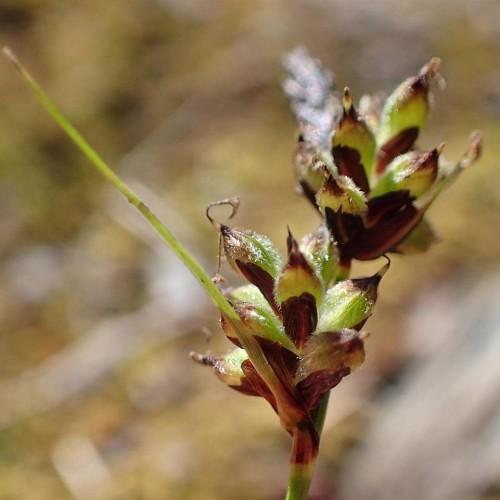
Hidden Sedge
Carex umbellata
Also Known As - Parasol SedgeWatering:
Average
Hardiness Zone:
Flowers:
Flowers
Sun:
full sun,part shade
Fruits:
Fruits Ready In Fall
Leaf:
Yes
Growth Rate:
Low
Drought Tolerant:
Yes
Salt Tolerant:
Yes
watering
Water Three Seed Sedge sparingly. Water only when the soil begins to feel dry at approximately 1 inch deep. The frequency of watering will depend on your local climate and weather conditions - while most species of sedge prefer moist soil conditions, Three Seed Sedge is tolerant of drier soils. Water in the early morning so the foliage and flowers have time to dry, reducing the risk for disease. If possible, water the soil rather than the plants directly to avoid rot and fungal growth.
sunlight
Three Seed Sedge (Carex trisperma) is a plant species that generally prefers partial to full sunlight. When grown outdoors, it will require at least 4–6 hours of sunlight each day. In terms of the amount of sunlight, this species is very tolerant and can cope with very bright, direct sunlight. Conversely, it can also thrive in partial or dappled shade. As with other plants, too much direct sunlight can burn the foliage, so it’s important to monitor its exposure to direct sunlight and adjust accordingly. If you are growing Three Seed Sedge indoors, try to find a bright spot with some protection from direct sunlight, such as near a window that receives dappled light for most of the day.
pruning
Three Seed Sedge should be pruned twice a year, in the spring and fall. Pruning in the spring, shortly after the last frost, will result in a more dense, healthy growth pattern. In fall, pruning should be done to provide room for new growth in the following year. When pruning, it is important to remove any dead, diseased or overcrowded stems. Care should be taken to avoid cutting back too far, as this may result in damage to the plant. Pruning should also be done on a regular basis, as this prevents the plant from becoming top-heavy or unbalanced. Pruning should only be done to remove no more than 1-third of the plant's foliage.
